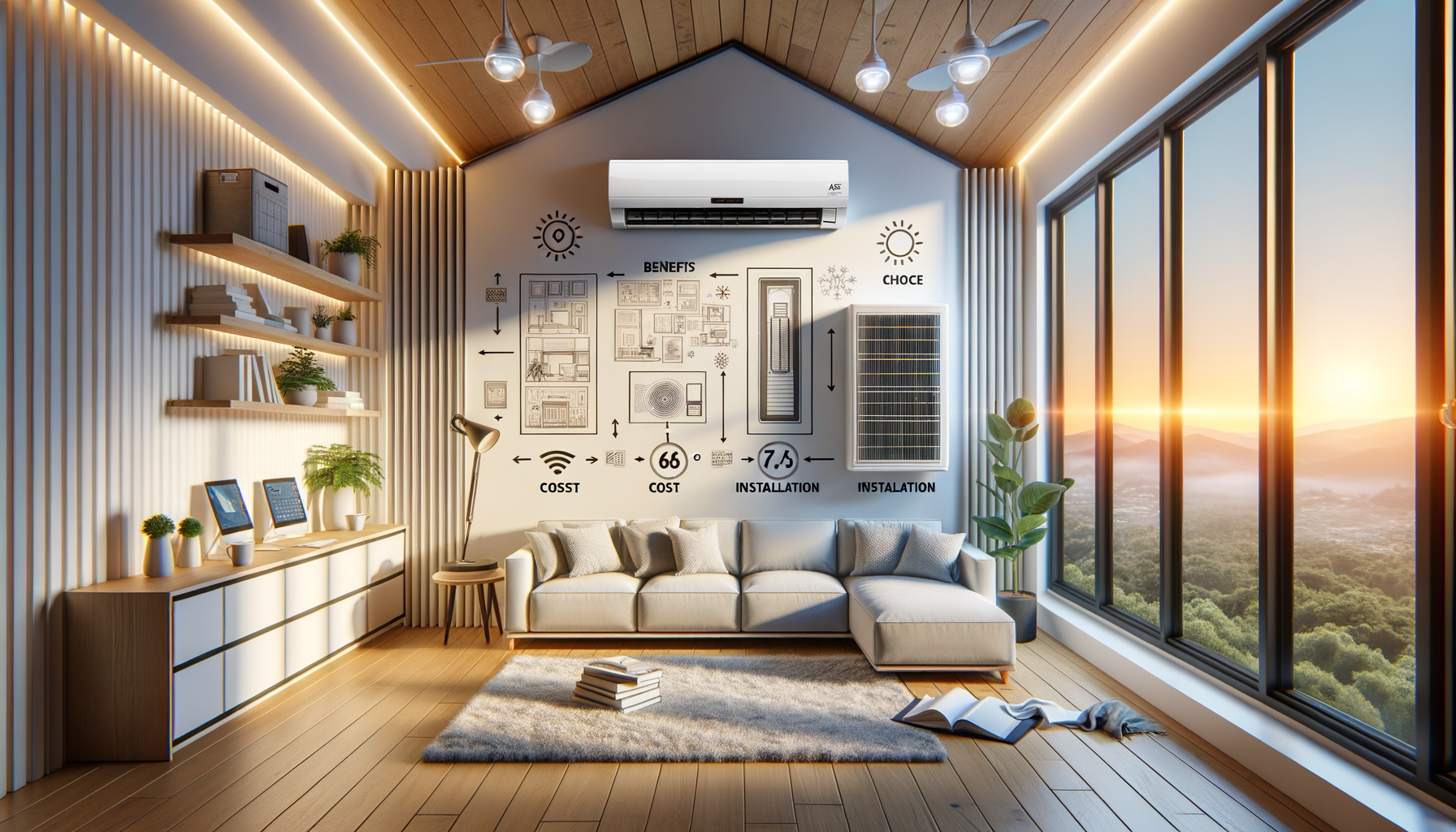
Guide to Smart Home and Outdoor Security Cameras for 2025
Introduction to Smart Home and Outdoor Security Cameras
In an era where technology seamlessly blends with everyday life, smart home security cameras have emerged as vital tools for ensuring safety and peace of mind. As we step into 2025, the integration of these cameras into our homes offers numerous advantages, not just in terms of security but also convenience and connectivity. This guide delves into the benefits of smart home security camera integration, provides insights on selecting outdoor security cameras, and highlights key features of wireless security cameras.
Benefits of Smart Home Security Camera Integration
Integrating smart home security cameras into your living space offers a multitude of benefits. These devices are designed to enhance the security of your home by providing real-time surveillance and alerts. One of the most significant advantages is the ability to monitor your home remotely. With the integration of smart cameras, you can access live feeds from your smartphone or computer, no matter where you are.
Moreover, smart cameras often come equipped with motion detection and night vision capabilities, ensuring that you receive alerts for any unusual activity, day or night. This proactive approach to security can deter potential intruders and provide valuable evidence in case of any incidents.
Another significant benefit is the compatibility with other smart home devices. Many smart cameras can be integrated with voice assistants, smart locks, and lighting systems, allowing for a comprehensive security ecosystem. For instance, if your camera detects motion, it can trigger your lights to turn on, creating the illusion of an occupied home.
- Remote monitoring and alerts
- Motion detection and night vision
- Integration with other smart devices
- Enhanced deterrence and evidence collection
How to Pick Outdoor Security Cameras
Choosing the right outdoor security camera requires careful consideration of several factors. The first aspect to consider is the camera’s durability and weather resistance. Outdoor cameras should be able to withstand various weather conditions, from rain to extreme temperatures, without compromising performance.
Another crucial factor is the camera’s field of view and resolution. A wide-angle lens with high-definition resolution ensures comprehensive coverage and clear images, which are essential for identifying individuals or incidents. Additionally, consider the camera’s connectivity options. While some cameras rely on Wi-Fi, others may offer cellular connectivity for areas with weak internet signals.
Power source is another consideration. Some outdoor cameras are battery-operated, while others require wiring. Battery-powered cameras offer flexibility in placement, but wired cameras can provide a more stable connection. Finally, evaluate the camera’s storage options. Look for cameras that offer cloud storage or local storage options, such as SD cards, to ensure you have access to recorded footage when needed.
- Durability and weather resistance
- Field of view and resolution
- Connectivity options
- Power source and storage options
Key Features of Wireless Security Cameras
Wireless security cameras have gained popularity due to their ease of installation and flexibility. One of the key features to look for in wireless cameras is their connectivity range. Ensure that the camera can maintain a strong connection with your Wi-Fi network, even if placed at a distance from the router.
Another important feature is the camera’s battery life. Long-lasting batteries reduce the need for frequent recharging, ensuring continuous surveillance. Additionally, consider cameras with advanced motion detection capabilities. These cameras can differentiate between human movement and other types of motion, reducing false alarms.
Wireless cameras often come with two-way audio, allowing you to communicate with individuals on your property. This feature can be particularly useful for greeting visitors or deterring potential intruders. Lastly, look for cameras with a user-friendly app interface. A well-designed app enhances the overall experience by making it easy to access live feeds, adjust settings, and receive notifications.
- Connectivity range
- Battery life
- Advanced motion detection
- Two-way audio
- User-friendly app interface
Conclusion: Securing Your Home for the Future
As we embrace the technological advancements of 2025, integrating smart and wireless security cameras into our homes is a prudent step towards enhanced safety and convenience. By understanding the benefits of smart home security camera integration, knowing how to pick the right outdoor cameras, and recognizing key features of wireless options, homeowners can make informed decisions that align with their security needs.
Whether you prioritize remote monitoring, seamless integration with other smart devices, or advanced features like motion detection and two-way audio, the right security camera can offer peace of mind and protection for your home. As technology continues to evolve, staying informed and adaptable will ensure that your home remains a safe haven for years to come.

